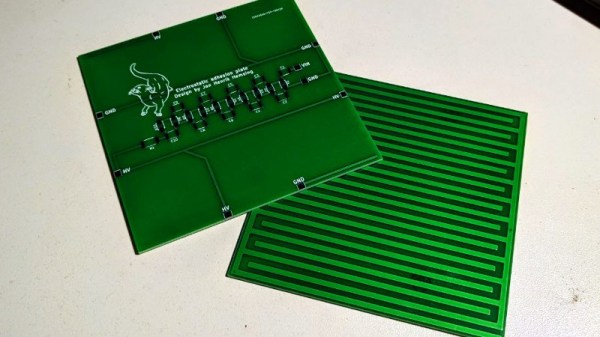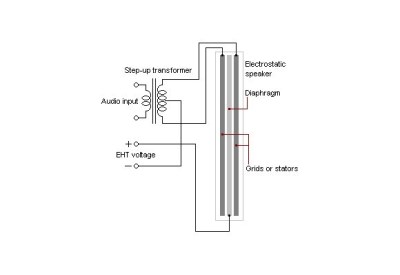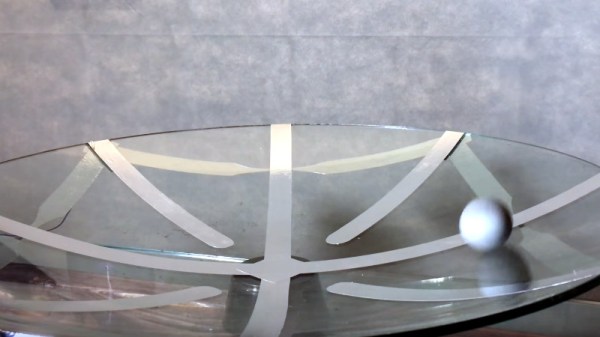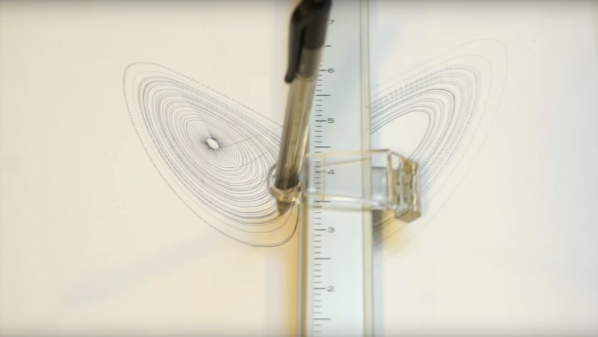Have you ever had a good, deep breath of the air near a waterfall, or perhaps after a thunderstorm? That unmistakably fresh smell is due to ionized air, specifically negative ions, and many are the claims concerning their health benefits. A minor industry has sprung up to capitalize on the interest in ionized air, and while [Amaldev] wanted to clean up the Mumbai air coming into his home, he didn’t want to pay a lot for a commercial unit. So he built his own air ionizer for only about $10.
When [Amaldev] dropped this in the Hackaday tip line, he indicated that he’d been taking some heat for the design from Instagram followers. We imagine a fair number of the complaints stem from the cluster of sewing needles that bristle from one end of the PCB and are raised to 6,000 volts by a fifteen-stage Cockcroft-Walton multiplier. That’s sure to raise eyebrows, or possible the hair on one’s head if you happen to brush by the emitters. Or perhaps [Amaldev]’s critics are dubious about the benefits of ionized air; indeed, some commenters on the video below seem to think that the smoke in the closed jar was not precipitated by the ion stream as [Amaldev] claims, but rather somehow was settled by heat or some other trickery.
Neither of those bothers us as much as the direct 230-volt mains connection, though. We’d have preferred to see at least an isolation transformer in there, or perhaps a battery-powered flyback circuit to supply the input to that multiplier. Still, the lesson on cascade multipliers was welcome, and we found the smoke-clearing power of ionized air pretty amazing.






















